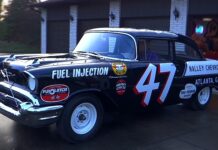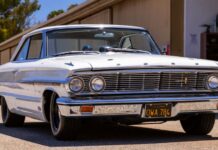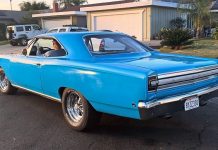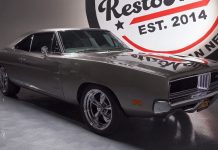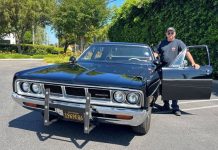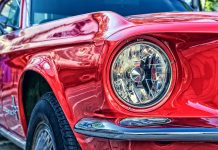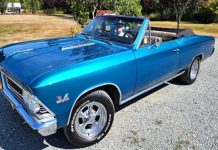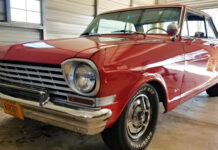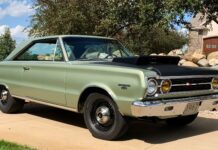A car is an expensive “asset”. Unfortunately, unlike an asset it doesn’t increase in value but undergoes depreciation at an alarming rate as soon as you drive off your dealership. Various factors contribute to the depreciation value – the most significant ones include the make, model, the cost of insurance and the mileage.
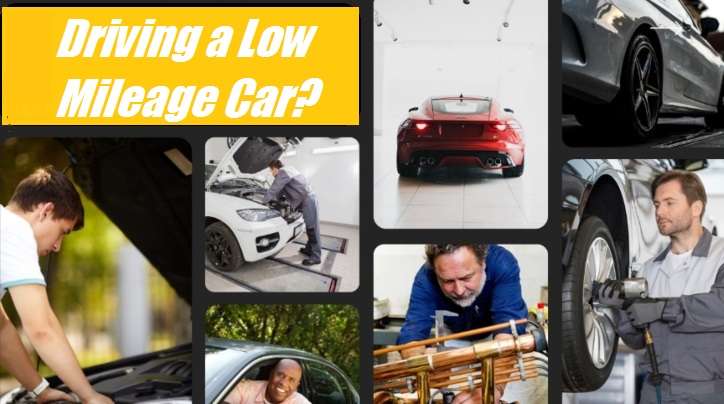
Cars usually depreciate the most within the first 5 years and there is a high probability of getting yourself a great deal off the used car lot – Preferably something with low mileage. Low mileage vehicles inherently have less wear and tear on their internals and save you the hassle of immediate big-budget maintenance costs, should you plan to flip your car within a couple of years. Needless to say, they will also have a better resale value.
Back to our original topic of cars being an expensive asset, owning a car has its fair share of financial demands. First you need to pay a lump sum for your ride. This is followed by regular automobile insurance premiums and maintenance costs. If you plan to keep your car for a fairly long period of time, it is imperative that you take good care of it. These are some things to keep in mind.
- Your Tires:
Tires aren’t as expensive as other major components of your vehicle such as your engine or transmission, but remember they are the only thing which is in contact with the road surface. Tires come in various sizes, and although it is best recommended that you always replace them with your manufacturer's suggested variant, you can always go for a little upgrade. Manufacturers often tend to fit tyres which prioritise fuel economy over grip – mostly because they want their cars to achieve fuel economy as close as to their advertised figures. These tires aren’t necessarily unsafe, but perform just enough to qualify as satisfactory. These so-called eco tires can have significantly lesser grip on wet surfaces and therefore have longer braking distances than their more grippier counterparts. So, even if you aren’t an automobile enthusiast, you might want to replace your worn out set with a more decent one. The price difference is quite worth it.
To ensure equal wear and tear of all your tires should be rotated during your scheduled maintenance visits. For example, a front wheel drive car’s front tires have their work cut out for them as they are responsible for driving the car but also have to endure additional wear as they are steering the car as well. Rotation involves switching your rear wheels with your front ones so that all your tires wear uniformly.
Wheel balancing and alignment should also be done at regular intervals. Alignment has 3 parameters – Toe, Camber and Caster responsible for keeping your tires pointed straight, your tires contacting the road surface at the proper angle and whether your wheels are centred in your wheel wells respectively. A misaligned toe will cause your car to pull to one side, improper camber will cause uneven wear and incorrect caster can cause your tires to scrape your wheel arches.
Wheel balancing ensures your wheel spins smoothly at high speeds. This is done by spinning your wheel with the tire on to identify areas which may require counterweights in order to maintain optimal balance.
Additionally, it is a good practice to get your tire pressure monitored regularly. Tires tend to lose air in cold temperatures or due to your car sitting around in your garage for extended periods. While a lower-than-normal tire pressure can offer more grip, it will most definitely have an inverse effect on your fuel economy. So, it’s always worth spending five extra minutes to check your air pressure while you are at the gas station to refuel.
- Your engine and transmission:
The most important aspect of your vehicle and hence the source of potentially large bills if not properly taken care of. Changing your engine oil at regular intervals is one of the most basic yet crucial things that you must ensure for extending your engine life and helps maintain peak performance as well as efficiency. Engine oil is responsible for lubricating your engine internals and therefore timely changes are essential to prevent a sludge build up in your engine as oil tends to get dirty. An engine oil replacement also warrants swapping out your oil filter as well.
In case you own a car with a manual transmission, you should avoid riding your clutch as it causes unnecessary wear. Also, developing habits such as shifting to neutral in start-stop traffic instead of keeping the clutch depressed helps delay your clutch and pressure plate replacement.
Perform occasional inspection of other essential fluids – Coolant, Brake Fluid, Transmission oil (if possible) and your windscreen washer fluid. Top them off as necessary.
Cleaning your air filter may help improve engine responsiveness and therefore warrants less mashing of your gas pedal.
- Bodywork and chassis:
Damage to paint can cost you a lot of money so attempts should be made to maintain it as much as possible. Poor condition of your paint ruins the aesthetic quotient of your car and will most definitely cause a hit to your car’s resale value. Avoid parking your car in the sun for extended periods unless you absolutely have to, get rid of bird poop as quickly as possible as they are corrosive in nature and get a wax polish treatment done twice a year. The polish will make your paint less vulnerable to onslaught from the elements and may prevent mild scratches.
You can also opt for an underbody anti-corrosion treatment in case you live near the coast or the humidity of your region is higher than average. In case your car was not subjected to galvanisation treatment during the manufacturing process this becomes extremely necessary.
- Car Insurance:
Irrespective of your driving skills, you are to a large extent, at the mercy of other motorists on the road. Car insurance is an absolute necessity and is required by law in most states. Different insurance coverages exist, with liability coverage being the basic offering. It covers damages caused due to your mistakes and includes both damage to property and bodily harm. This however does not cover damages to your own vehicle and requires additional coverages which involve a deductible. Lemonade Car Insurance does offer Comprehensive coverage based on the liability limits as per your choice. Your insurance premium also depends on various factors such as the average distance you cover in a year, the purpose your vehicle is used for, the make and model, and whether any high-risk drivers need to be covered.
These basic practices should ensure that your car serves you in top condition for years to come, keeping your repair costs reasonable. You can also hope to get the best possible resale value should you ever decide to upgrade.



